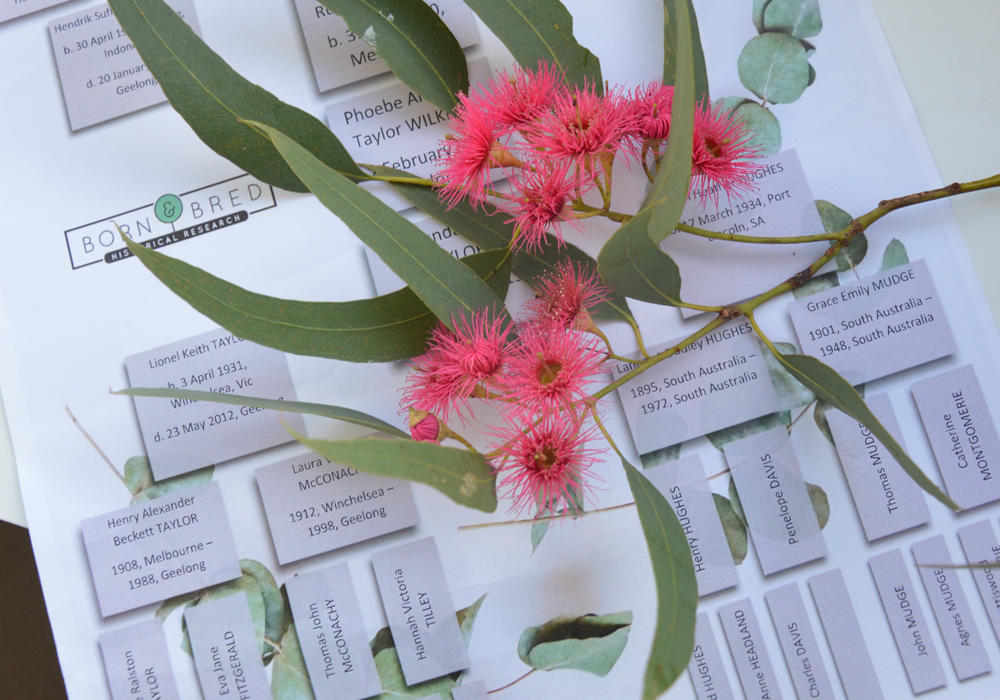The internet is a great and powerful tool. Google answers any and all of our questions, from determining the currency of Ghana to advice on how long to cook the Christmas turkey. However, there are pitfalls to the electronic encyclopaedia that many of us use on a daily basis: you can’t believe everything you read online!
Someone came to us with a quandary; they had just started the exciting journey of researching their family history online. They had found their ancestor who, in 1882 had passed away in a fairly large Victorian metropolis; they had also found this same ancestor buried in Adelaide over twenty years later in 1903. They had told us that their ancestor was married twice and had 20 children. Now, large families were not unusual in the late-nineteenth and early-twentieth century, although 20 was an extraordinarily large number of children for one woman to birth in a fairly short period of time. And dying in one location and being buried in another several decades later was a very unusual concept for that time.
With some thorough research using primary sources, such as births, deaths and marriage records, wills and probate records and census records, we were able to establish that there were two women with the same maiden name – one having children with one man in Victoria and another marrying and having children in South Australia. The women’s timelines are similar and potentially could have been the same woman, except for a few pieces of vital information – the Victorian couple were married in the UK and migrated to Australia a decade after the South Australian couple were married and the women had several of their children at the same time – in two different states!
So, while we love the internet and what it allows us to do in our everyday lives, and in our research pursuits, you need to make sure you take it all with a grain of salt. There are many records available online which are digested copies of original, primary records and sources, these are a great source of information and can assist with research if used in the right way. However, it is also very easy to get one ancestor confused with another which may have the same name and this can be seen through the likes of sites such as Ancestry.com. Whilst it is a great resource there is no regulation on what information can be uploaded and shared between ‘trees’; there is no requirement for sources for where information has been obtained.
Just don’t believe everything you read on the internet!
If you have a funny looking branch in your tree, or just a question about an elusive ancestor, contact us today to see how we can help.
Phoebe

